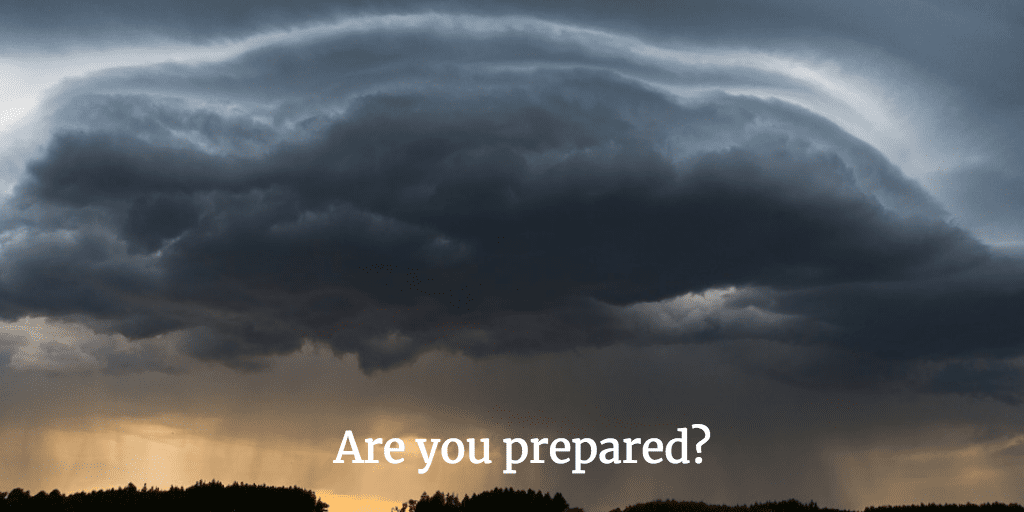When emergencies strike:
Investing in personal wellness first to make sure no one ends up last.
Benjamin Franklin once said, ‘in this world nothing can be said to be certain, except death and taxes.’ A notoriously accurate assertion, however, I’m inclined to think that in life, not only are death and taxes certain but also interruptions of wellness and unexpected misfortunes are also guaranteed. Interruptions in wellness can range from, accidents, to injuries, to diseases, to trauma, to unexpected loss and everything in between. It is humanly impossible to go through life and never encounter an interruption of wellness be it brief, longterm, minor, or life altering, unexpected interruptions in wellness are unavoidable. For the most part we do a pretty good job recovering from interruptions in wellness, more often than not successfully surviving and overcoming such interruptions is in large part related to the surge of support and care we receive from our friends, family and loved ones when crisis strikes.
But what happens when someone faces chronic interruptions in wellness that albeit manageable, are by their very nature impossible to overcome?
Learning to live alongside a chronic condition can be daunting, not only for the chronically affected individual but also for all those who love and care for them. When you care for or support an individual living alongside a chronic condition, mental or otherwise, more often than not as a caregiver, you yourself begin to absorb the effects of the chronic interruptions of your loved one either by proxy or directly. For individuals who act as long term caregivers for persons with a chronic condition a sort of double edged sword scenario emerges. Not only are caregivers tasked with having to manage the chronic interruptions in wellness of their loved one but also they must face and overcome unavoidable, unexpected interruptions in their own wellness. At times self-care may seem impossible and burnout may seem inevitable but it doesn’t have to be.
It is a natural and noble impulse to want to rush to the aid of a loved one when they are suffering. This admirable human impulse is generally manageable when the nature of suffering has a clear beginning and end. The surge of energy, focus, and life force mustered by friends, family, and loved ones during a crisis can be critical in order to successfully support and care for someone experiencing an interruption in wellness. When you find yourself responsible for supporting and caring for an individual afflicted with a life-long chronic condition the instinctual urge to come to the rescue, however can become unmanageable, unrealistic, and unhealthy. What makes matters more complicated is the fact that for individuals facing chronic conditions, the need for ongoing support and care is often significantly greater, requiring far more emotional energy.
They need help not only surviving episodic interruptions in wellness but also in learning how to successfully live alongside of the condition itself. This is especially true for those living with severe and persistent mental health conditions. Their need for care is ongoing with varying levels of intensity and those charged with their care can find themselves ‘on-call’ ostensibly for the rest of their lives. This difficult reality is far from ideal, the potential for burn out is high, which ultimately does not benefit either party involved.
For this reason, the importance of self care cannot be emphasized enough. A chronic condition just like any interruption in wellness will touch the lives of far more than just the individual experiencing it first hand. As they say before take off:
“In case of emergency, air masks will drop from the ceiling, please put on your own mask before helping others.”
As a caregiver, one must never forget that your wellness comes first or everyone will end up last.
Next time we will take a look at the National Alliance on Mental Illness (NAMI), the supports and educational programs they provide to family, friends and caregivers of individuals living alongside a mental health condition and ways to get involved with the local and state NAMI’s who serve your hometown.
Until then we are interested to know what types of wellness tools you, as caregivers, use to prevent burn-out and maintain self-care.








